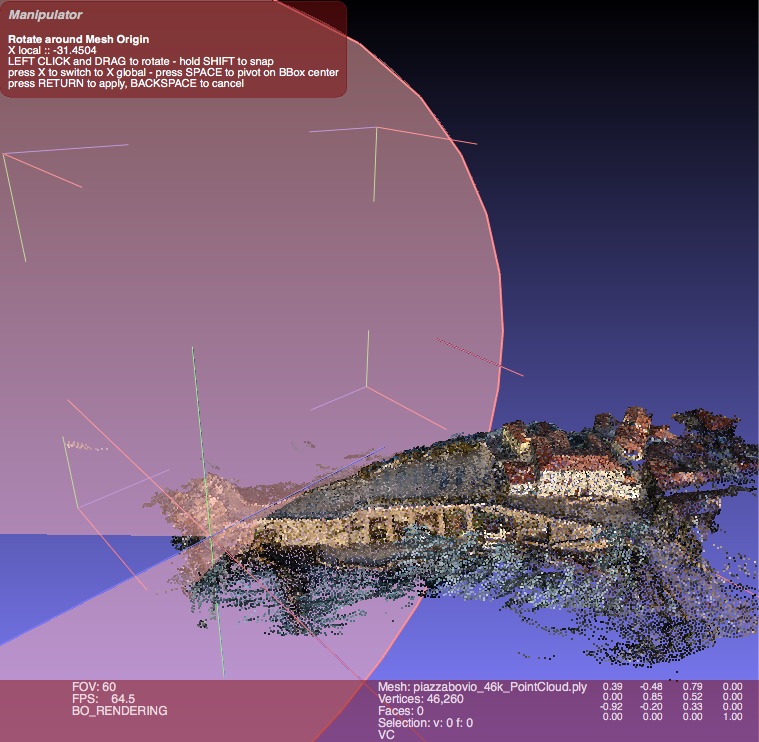
I will limit myself to two meshing strategies. I will give my favorite way to efficiently obtain results, but before we dive in, some condensed details ar necessary to grasp the underlying processes. Now we are ready to start the surface reconstruction process by meshing the pcd point cloud. 🤓 Note : The following command first instantiates the Open3d point cloud object, then add points, color and normals to it from the original NumPy array.įor a quick visual of what you loaded, you can execute the following command (does not work in Google Colab): _geometries() Step 3: Choose a meshing strategy

If you want to visualize it beforehand without installing anything, you can check the webGL version.įinally, we transform the point_cloud variable type from Numpy to the Open3D type for further processing: pcd = () pcd.points = 3dVector(point_cloud) pcd.colors = 3dVector(point_cloud/255) pcd.normals = 3dVector(point_cloud) 🤓 Note : As for the previous post, we will use a sampled point cloud that you can freely download from this repository. Then, we create variables that hold data paths and the point cloud data: input_path="your_path_to_file/" output_path="your_path_to_output_folder/" dataname="sample.xyz" point_cloud= np.loadtxt(input_path+dataname,skiprows=1) Launch your python scripting tool (Spyder GUI, Jupyter or Google Colab), where we will call 2 libraries: Numpy and Open3D.
#MESHLAB ONLINE INSTALL#
This will install the package and its dependencies automatically, you can just input y when prompted in the terminal to allow this process. If you have another, you can either create a new environment (best) or if you start from the previous article, change the python version in your terminal by typing conda install python=3.5 in the Terminal.


🤓 Note : The Open3D package is compatible with python version 2.7, 3.5 and 3.6. Open the Terminal and run the following command: conda install -c open3d-admin open3d=0.8.0.0


 0 kommentar(er)
0 kommentar(er)
